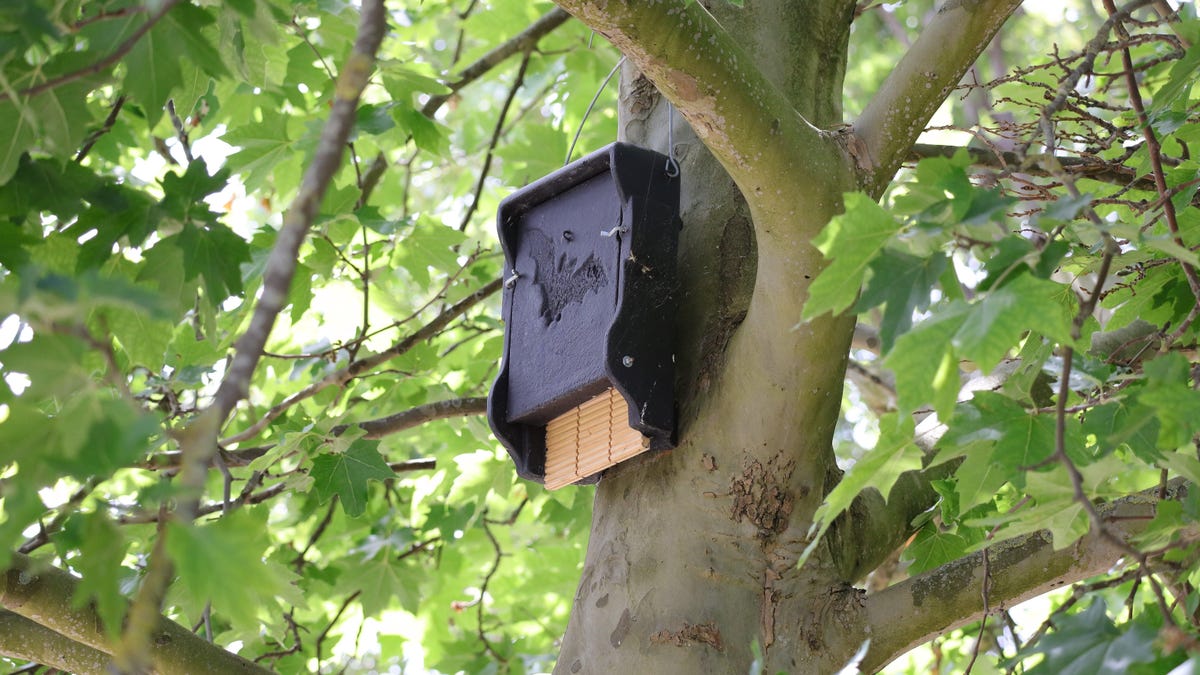How to Attract Bats to Your Yard (and Why You Want It)

Thanks to centuries of folklore linking bats to vampires, these nocturnal winged creatures have long been considered eerie and dangerous. But those who live in our yards have nothing to fear: in fact, they can be useful. Here’s how to attract bats to your yard and why you need them in the first place.
Benefits of Bats Living in Your Yard
So why exactly do you want to welcome bats into your backyard? First, if they are native to your region, they are an important part of the local ecosystem , including serving as pollinators such as bees and birds. But as new lands are explored, bats are pushed out of their natural habitat, and they need to move – ideally somewhere in the same area.
But what’s in it specifically for you? Let’s start with free, natural pest control. The most common bat species in North America ( Myotis lucifugus, the little brown bat) primarily feeds on insects , including mosquitoes, mosquitoes, mayflies, and midges, as well as other species that can damage your garden plants, such as moths and beetles. . What’s more, they have a healthy appetite: one bat typically eats between 6,000 and 8,000 bugs every night.
And it doesn’t end there: once these insects are digested, bat excrement, known as “guano” , makes an excellent fertilizer. It is full of phosphorus and nitrogen and can be used to grow vegetables, herbs, flowers, ornamental plants, fruit and nut trees.
How to attract bats to your yard
If you’ve decided you’d like to welcome some neighborhood bats, here’s what you can do to make your yard more inviting:
- Leave your leaves : Instead of raking them, let the dead leaves in your yard rot in place. This will attract insects that seek shelter under the damp leaves, and then bats that will want to eat them.
- Provide a source of water . A flat area of still water free of branches and fences not only gives bats a place to swoop in to drink , but also attracts insects such as mosquitoes, which gives the bats a source of water and food.
- Grow native plants and trees : Bats eat native insects that are attracted to native plants.
- Do not remove dead or downed trees (if possible) : These are ready-to-move-in bat houses.
- Build a bat house : If nature hasn’t given your yard a place for bats, you can build your own .
- Keep cats indoors : Bats, along with birds and mice, are often the victims of cat attacks .
Finally, it’s important to remember that as useful as bats are, you should never try to touch or handle them. Fortunately, they are not very interested in communicating with people and are unlikely to contact you themselves. Although most bats do not have rabies , this is not a chance worth risking.